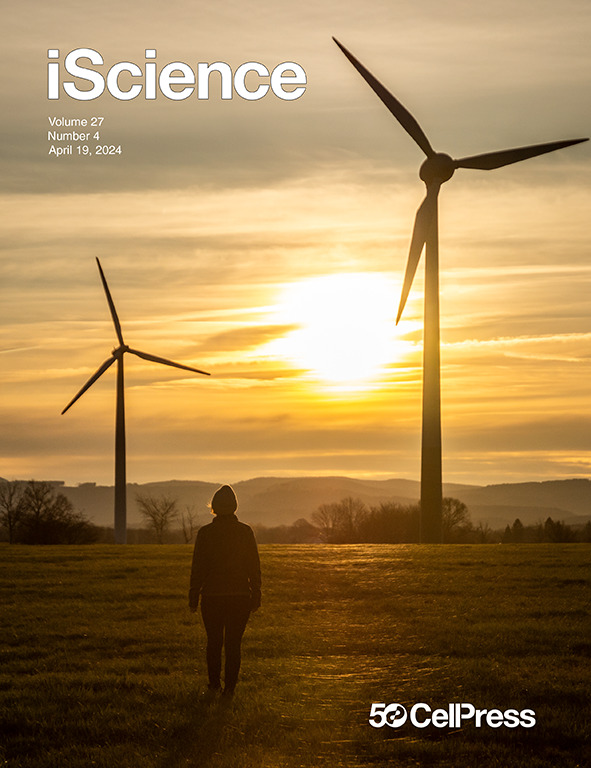Regulation of pericentromeric DNA loop size via Scc2-cohesin interaction
IF 4.6
2区 综合性期刊
Q1 MULTIDISCIPLINARY SCIENCES
引用次数: 0
Abstract
Cohesin exhibits DNA loop extrusion when bound to the ATPase activator Scc2 (NIPBL in humans), which has been proposed to organize higher-order chromosome folding. In budding yeast, most chromosome-bound cohesins lack Scc2. How the Scc2-cohesin interaction is regulated on the chromosome and its physiological consequences remain unclear. Here, we show that the deletion of both ECO1 and WPL1, two known cohesin regulators, but not either alone, caused Scc2-cohesin co-localization in metaphase, particularly around centromeres, using calibrated chromatin immunoprecipitation sequencing (ChIP-seq). Eco1’s mitotic activity was required to prevent this co-localization in Δwpl1. We also demonstrate that Scc2-cohesin co-localization enlarged pericentromeric DNA loops, linking centromeres to genome sites hundreds of kilobases away, and delayed mitotic chromosome segregation. These findings suggest that Wpl1 and Eco1 cooperatively regulate Scc2-cohesin interaction, restrict pericentromeric DNA loop size, and facilitate chromosome segregation.

通过 Scc2 与聚合酶的相互作用调节近中心染色单体 DNA 环的大小
本文章由计算机程序翻译,如有差异,请以英文原文为准。
求助全文
约1分钟内获得全文
求助全文
来源期刊

iScience
Multidisciplinary-Multidisciplinary
CiteScore
7.20
自引率
1.70%
发文量
1972
审稿时长
6 weeks
期刊介绍:
Science has many big remaining questions. To address them, we will need to work collaboratively and across disciplines. The goal of iScience is to help fuel that type of interdisciplinary thinking. iScience is a new open-access journal from Cell Press that provides a platform for original research in the life, physical, and earth sciences. The primary criterion for publication in iScience is a significant contribution to a relevant field combined with robust results and underlying methodology. The advances appearing in iScience include both fundamental and applied investigations across this interdisciplinary range of topic areas. To support transparency in scientific investigation, we are happy to consider replication studies and papers that describe negative results.
We know you want your work to be published quickly and to be widely visible within your community and beyond. With the strong international reputation of Cell Press behind it, publication in iScience will help your work garner the attention and recognition it merits. Like all Cell Press journals, iScience prioritizes rapid publication. Our editorial team pays special attention to high-quality author service and to efficient, clear-cut decisions based on the information available within the manuscript. iScience taps into the expertise across Cell Press journals and selected partners to inform our editorial decisions and help publish your science in a timely and seamless way.
 求助内容:
求助内容: 应助结果提醒方式:
应助结果提醒方式:


